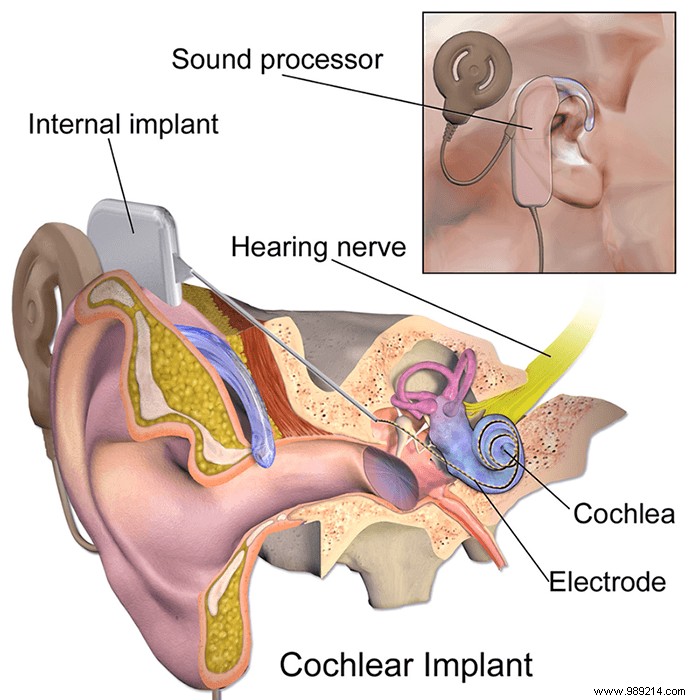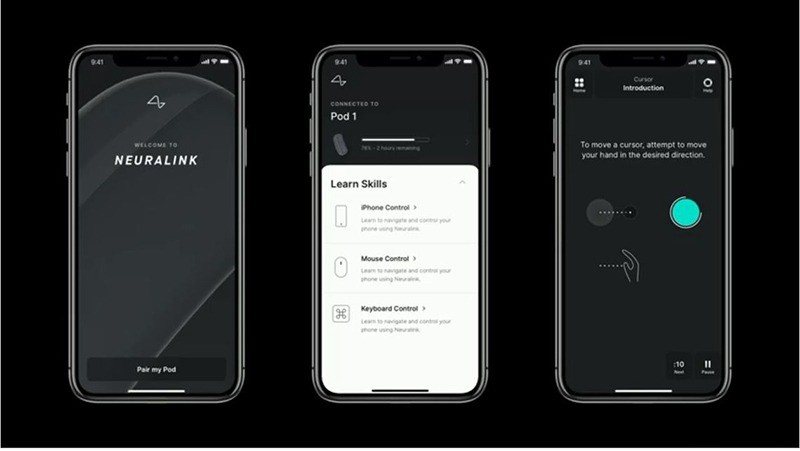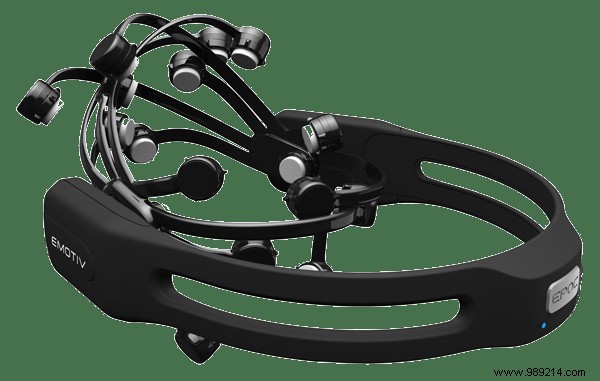Feeding monkeys, watching movies with cats, playing video games – sounds like a nice day off, right? If you're a neuroscientist, however, it sounds a lot like the last half-century of research into connecting the human brain to computers.
Elon Musk's Neuralink, impressive as it is, has only been in the game since 2016 and is part of an ever-growing wave of neuroscientific achievement. These monkeys? They feed on robot arms connected to their brains. Cats watch videos and we translate the resulting brain activity into images. And video games? You can play them with your mind.
As complex as the actual implementation is, the concept behind a BCI is pretty basic. Neurons in your brain send electrical signals to each other when you do things. By using electrodes in or on the skull, we can detect these spikes, scan them, understand what the brain is doing, and translate that activity into action or data.
In this way, we can send interpretable electrical signals to things like computer systems, prosthetics, and even robots, allowing us to potentially control the devices around us, and even our own bodies, with just a thought. . This connection also works both ways. We can encode digital information as brain-readable electrical signals and send them out, providing a type of sensory input.

Cochlear implants, for example, are already used by hundreds of thousands of people. They don't interface with a computer per se, as their job is to take sounds from the outside world and translate them into electrical signals that can be processed by the brain, but they are a good demonstration of how we can send the brain. - machine-readable signals.
Retinal implants, while not nearly as common, already restore limited vision to those who have lost it. People have even successfully used brain signals to control robotic arms and legs, like Juliano Pinto, a paraplegic who kicked off the 2014 Brazil World Cup using a brain-controlled exoskeleton. spirit.

When it comes to connecting brains to computers in a more traditional sort of read-write ability, however, many of the biggest breakthroughs to date have been made with monkeys.
As early as 1969, scientists succeeded in getting monkeys to move the needle on a dial using only brain signals. In 2008, they were using their brains to control robot arms that brought them food, and in 2011 monkeys were moving robot arms while receiving feedback to the part of their brain responsible for controlling food. arm, as if picking up signals from one of their real arms. In 2016, monkeys reached typing speeds of twelve words per minute using neural implants, spelling out Shakespearian phrases such as "A banana by any other name would smell sweet." »
If these trends continue, we won't even have to worry about AI taking over the world – the telepathic monkeys will probably get there first.

We were also able to pick up precise image signals from the brains of cats and humans. By monitoring brain activity in the cats, each viewing one of eight short films, the researchers were able to construct enough images from the screen to identify which film each cat was watching.
And that was in 1999 – by 2008, researchers had done it successfully in humans. Between these two trials, a teenager who had had brain implants for epilepsy was able to beat several levels of Space Invaders using nothing more than brain signals.
This list could easily go on:people are typing, moving mice around screens, driving cars, tweeting, silently messaging each other on the internet, flying drones, controlling smart TVs, and more. This technology is going in some interesting directions, as evidenced by the wealth of startups rolling out big ideas.

This project is making a lot of headlines, and for good reason:Neuralink is probably the smallest, lightest and most easily implantable partially invasive BCI, and it doesn't sacrifice much in terms of functionality. Here's how it works:

Trials in rats and monkeys have already proven successful, according to Neuralink, and they aim to begin human trials soon. The first recipients will be people who have a medical need for the device, but Elon Musk has made no secret of his desire to eventually create human-AI cooperation via this type of brain interface. The final product will be able to connect and control smartphones and other devices, and as technology improves, we'll likely see many more apps.
A brain implant developed by Cyberkinetics, BrainGate is one of the first modern BCIs. Human subjects were able to successfully connect computers to their brains as early as 2004, and in 2012 Cyberkinetics demonstrated a brain-controlled robotic arm that allowed paralyzed people to reach, grasp, and even drink from a bottle. They have a long list of publications and accomplishments, from helping control robot limbs to using brain signals to play the piano on a tablet.

Since few people are likely to line up to have holes drilled in their heads, it makes sense that a commercially available, noninvasive BCI would be a good first step. This is exactly what Emotiv does. Their EEG (electroencephalograph) headsets can pick up signals from your brain, allowing you to analyze your own mental activity, control devices, or even get insights into how consumers are using products. It's relatively inexpensive, produces research-grade data, and all you have to do is put it on!
Like Emotiv, Neurable takes the non-invasive route, marketing its headsets as hands-free, voiceless ways to control the digital world. What sets them apart is their focus on VR technology as a way to enable mind-controlled games, training and digital control, which could be very useful in training your brain to grasp new patterns quickly. , such as adapting to the virtual. members.
These are just a few of the projects underway in the brain-computer interface space. As with any cutting-edge tech field these days, there are plenty of players vying for the top spot, and there have already been plenty of exciting applications in the field, from The Study-Enhancing Headband from BrainCo to Kernel AI-Powered Memory Storage Chips.
You probably won't be getting a Neuralink installed anytime soon. Despite its small size, putting holes in your head seems like a big leap of sorts. However, the market for non-invasive EEG headsets is starting to grow, and some commercially available headsets are actually somewhat reasonably priced.
Eventually, these may be reliable enough that you can use them as part of your normal tech stack, but it may take a while. However, as Neuralink demonstrates, BCIs are improving and miniaturizing faster than ever before, so it's entirely conceivable that in the future installing a brain-computer link will be akin to, like the said Elon Musk, get LASIK. Not everyone will do this, but it will be a relatively trivial procedure if it's something you need.
Image credits:Blausen 0244 cochlear implant, Emotiv Epoc+, EEG-based BCI, An integrated brain-machine interface platform with thousands of channels, Monkey using a robotic arm, Brain-computer interface (scheme)